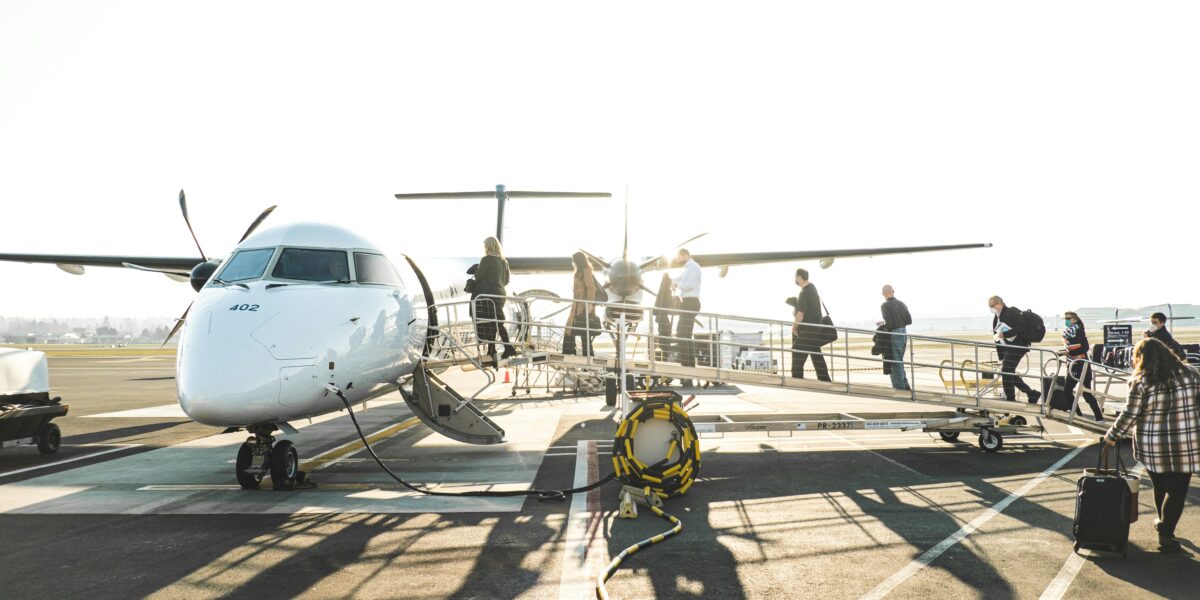The Evolution and Significance of Keks Airport
Keks Airport might not be familiar to everyone, but it’s a fascinating study of how small airports play a significant role in regional development. Situated in a modest location, Keks Airport serves as a critical transportation hub for surrounding communities. While major airports steal the limelight, smaller facilities like Keks offer unique insights into aviation logistics and regional connectivity.
The Origins of Keks Airport
Established in the early 20th century, Keks Airport began as a simple airstrip catering to biplanes. Aviation was still a novelty, and the airport’s primary role was mail delivery. Over time, as airplanes became more integral to society, Keks expanded its operations. The rise of commercial aviation in the mid-20th century saw the airport incorporating passenger services.
While it never grew to the size of a major international hub, Keks Airport adapted to changing times. Infrastructure improvements in the late 1970s modernized its runways and terminals. This allowed for larger aircraft and increased passenger capacity. Through these updates, the airport maintained relevance amid evolving air travel trends.
Infrastructure and Facilities
Today’s Keks Airport balances modern amenities with its regional focus. The main terminal offers basic services aimed at efficiency and comfort. This includes quick check-in counters, a handful of food options, and straightforward baggage claim. The airport’s design emphasizes functionality, ensuring passengers experience minimal hassle.
Runways at Keks are designed to handle medium-sized aircraft. This is suitable for short to medium-haul flights, serving a mix of domestic and select international destinations. The airport keeps pace with technological advancements, integrating improved navigation systems and security measures.
Economic Contributions
Airports like Keks are vital economic engines for their regions. They provide direct employment opportunities from airport staff to airline personnel. Beyond that, the presence of an airport stimulates local businesses, including hotels, car rentals, and restaurants. Regional industries benefit from efficient logistics and shipment capabilities.
The airport also attracts investment and tourism. Businesses looking to expand appreciate nearby airport facilities for easy executive travel and cargo logistics. Visitors find accessing remote locations simpler, thus encouraging tourism development. The trickle-down economic impact is significant, bolstering community services and infrastructure.
Cultural and Community Impact
Community airports like Keks offer more than just transport services. They become focal points for local events and celebrations. Open days, airshows, and educational tours are often organized. These activities engage the community, fostering a sense of pride and ownership.
Aviation clubs and training programs frequently use the facilities, nurturing local talent and interest in aviation careers. Schools collaborate with airport authorities for educational purposes, instilling aviation-related knowledge in students. The airport acts as a gateway to broader horizons, inspiring the younger generation.
Keks Airport in the Digital Era
Digital advancements have not eluded Keks Airport. Its management embraces modern technology to streamline operations. Real-time flight tracking systems and digital check-in services enhance passenger experience. Social media and digital marketing boost its visibility and outreach efforts.
Online platforms facilitate smoother customer interaction, offering easy booking processes and instant notifications. The digital platform extends to operational efficiency as well. Systems for maintenance, scheduling, and logistics have been digitized. This integration demonstrates Keks Airport’s commitment to modernization.
Environmental Considerations
Modern airports face pressure to adopt sustainable practices, and Keks is no exception. Initiatives to reduce carbon footprints include green building certifications for terminal upgrades. Additionally, Keks emphasizes energy efficiency practices, minimizing water and power usage.
Efforts to reduce noise pollution through advanced aircraft technology and careful scheduling are underway. Landscaping projects aim to improve biodiversity around the airport. Keks Airport recognizes the environmental responsibilities associated with its operations and continuously seeks improvement.
Challenges and Opportunities
The evolving air travel landscape presents both challenges and opportunities. Rising fuel costs, regulatory changes, and fluctuating demand require strategic management. Despite these hurdles, growth opportunities exist in expanding route networks and enhancing passenger facilities.
Keks Airport focuses on addressing these challenges through collaboration with airline partners and regional stakeholders. Strategic investments aim to cater to anticipated passenger growth and emerging travel trends. Maintaining relevance and competitiveness requires adaptability and foresight.
The Future of Keks Airport
With an eye on the future, Keks Airport plans to expand its reach and capabilities. Strategic upgrades and expansion projects are on the horizon. They aim to accommodate increased passenger traffic and larger aircraft. The leadership envisions a sustainable growth trajectory that aligns with regional development goals.
Emerging trends in travel behaviors and technology are closely monitored to ensure adaptability to new dynamics. Engagement with the community remains a priority, as does fostering aviation interest among the youth. Through these efforts, Keks Airport stands poised to evolve alongside the changing aviation landscape.
“`




Subscribe for Updates
Get the latest articles delivered to your inbox.
We respect your privacy. Unsubscribe anytime.